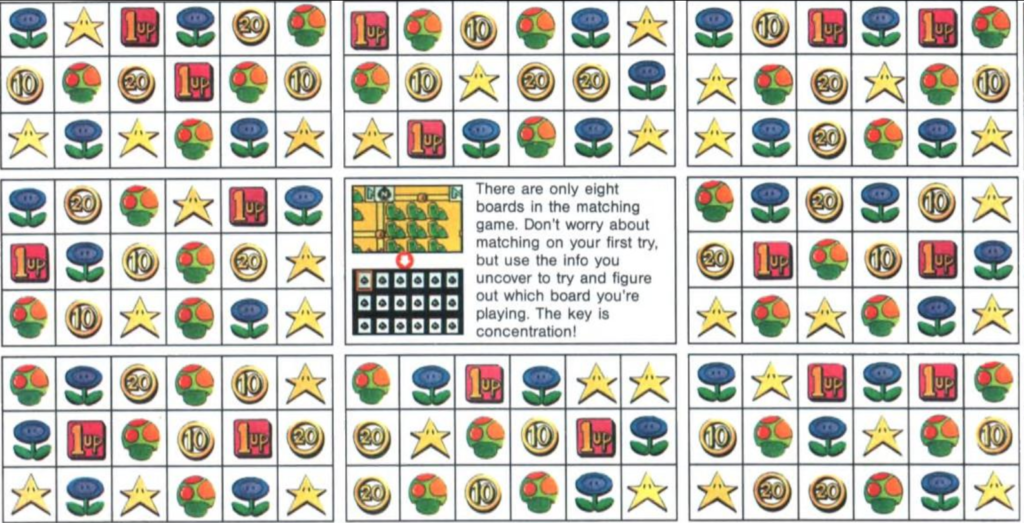This one, I won’t lie to you, is pretty dry. It’s an hour and a half of the Retro Game Mechanics Explained narrator describing, in precise detail, how Super Mario Bros. 2 builds each of its rooms from a couple hundred-or-so bytes in the game’s ROM. It’s an hour and 39 minutes, actually:
Even I began to drift off a few times through this one. It is exhaustive, and exhausting, but it’s very thorough.
I won’t even try to explicate it all in text, but here’s a few interesting tidbits of information:
- Super Mario Bros., the original, built its levels on the fly. As you scrolled forward, the engine read the upcoming data and constructed it up ahead, off screen, in real time, always keeping ahead of the screen’s edge. This is why you can’t scroll backwards, the list is designed to be read going left to right. SMB2 instead includes extra RAM in the cartridge and uses it as a memory buffer to hold the entire current room, up to 10 screens in size. When you enter an area, the game takes a moment to construct the map in that buffer, and copies it to the PPU’s video RAM as you scroll around.
- Instead of with stored as-is tilemaps, SMB2’s, as well as basically all of Nintendo’s scrolling games at the time, are constructed, made out of tile objects with different locations and parameters attached to them. This saves a substantial amount of ROM space, and functions as a kind of bespoke data compression.
- The rooms are built screen by screen, although it’s possible for some items to extend horizontally or vertically outside of its home screen.
- The format makes it seem like vertical rooms were designed first, and horizontal scrolling areas were then added to that functionality.
- There are weird special cases everywhere in the building code! Some objects only work on certain levels, or serve different purposes in different worlds.
- Birdo’s color, and behavior, depends on its initial spawning X tile position. If it’s 10 she’ll be a pink Birdo; if it’s 11 she’ll be red, and all other values mean a grey Birdo will be generated.
- On the enemy list, entity numbers 92-127 are the same as the entities numbered 64 less than them, but with the property that, when they are despawned, the level ends! This property is used for world-ending bosses, but any entity in that range will end the level when it leaves play, even Mushrooms if one such existed.
- Crawgrip, the boss to World 5, was added to Super Mario Bros. 2 during its conversion from Doki Doki Panic. The decorative rock background objects in its boss arena are especially hacky, like they were hastily added.
- The stars in the sky in the night levels have a bug in their generation that prevents any from appearing on the first screen of their areas. They also aren’t placed specifically, but using a pseudo-random generation algorithm that always uses the same seed, so they’ll always appear in the same places in the sky.


